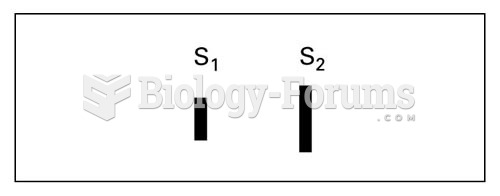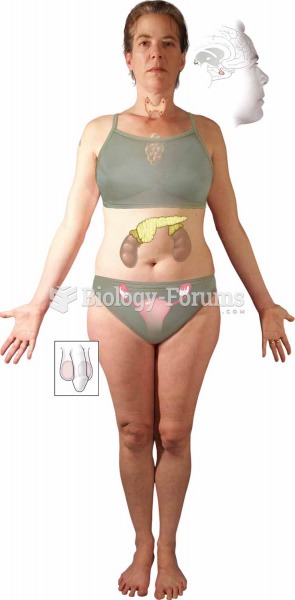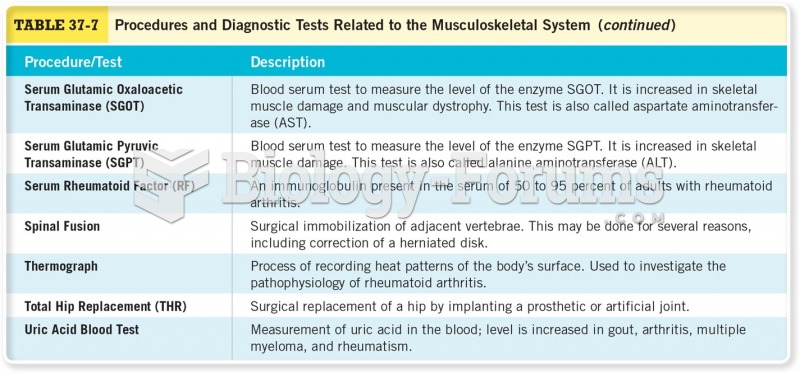Answer to Question 1
1. Absorption Costing:
Mavis Company Income Statement
For the Year Ended December 31, 2014
Revenues (540,000 5.00) 2,700,000
Cost of goods sold:
Beginning inventory (30,000 3.70a) 111,000
Variable manufacturing costs (550,000 3.00) 1,650,000
Allocated fixed manufacturing costs (550,000 0.70) 385,000
Cost of goods available for sale 2,146,000
Deduct ending inventory (40,000 3.70) (148,000)
Add adjustment for prod.-vol. variance (50,000b 0.70) 35,000 U
Cost of goods sold 2,033,000
Gross margin 667,000
Operating costs:
Variable operating costs (540,000 1) 540,000
Fixed operating costs 120,000
Total operating costs 660,000
Operating income 7,000
a 3.00 + (7.00 10) = 3.00 + 0.70 = 3.70
b (10 units per mach. hr. 60,000 mach. hrs.) 550,000 units) = 50,000 units unfavorable
2. Variable Costing:
Mavis Company Income Statement
For the Year Ended December 31, 2014
Revenues (540,000 5.00) 2,700,000
Variable cost of goods sold:
Beginning inventory (30,000 3.00) 90,000
Variable manufacturing costs
(550,000 3.00) 1,650,000
Cost of goods available for sale 1,740,000
Deduct ending inventory (40,000 3.00) (120,000)
Variable cost of goods sold 1,620,000
Variable operating costs 540,000
Contribution margin 540,000
Fixed costs:
Fixed manufacturing overhead costs 420,000
Fixed operating costs 120,000
Total fixed costs 540,000
Operating income 0
3. The difference in operating income between the two costing methods is:
Absorption-costingoperatingincome Variable-costingoperatingincome = Fixedmanuf. costsin endinginventory Fixedmanuf. costsin beginninginventory
7,000 0 = (40,000 0.70) (30,000 0.70)
7,000 = 28,000 21,000
7,000 = 7,000
The absorption-costing operating income exceeds the variable costing figure by 7,000 because of the increase of 7,000 during 2014 of the amount of fixed manufacturing costs in ending inventory vis--vis beginning inventory.
4.
5. Absorption costing is more likely to lead to buildups of inventory than does variable costing. Absorption costing enables managers to increase reported operating income by building up inventory, which reduces the amount of fixed manufacturing overhead included in the current period's cost of goods sold.
Ways to reduce this incentive include:
(a) Carefully plan budget and inventory.
(b) Change the accounting system to variable costing or throughput costing.
(c) Incorporate a carrying charge for carrying inventory.
(d) Use a longer time period to evaluate performance than a quarter or a year.
(e) Include nonfinancial as well as financial measures when evaluating management performance.
Answer to Question 2
T







